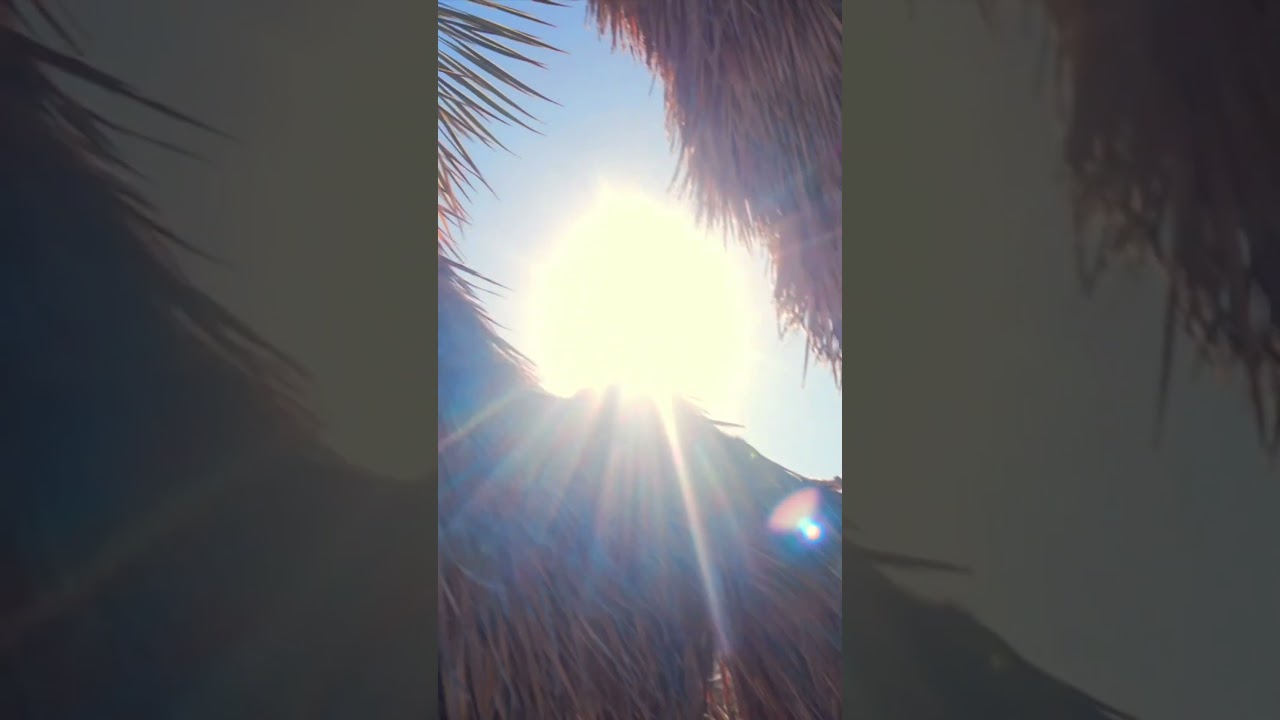– The significance of xerophilous environments and their biodiversity
– The role of The Living Desert in wildlife conservation and education
– An overview of zoo management practices that support xerophytes
– Insights into the Xerophilous event and its importance for conservation awareness
—
Xerophilous environments, characterized by minimal water requirements, represent a critical component of our planet’s biodiversity. These ecosystems, from deserts to dry scrublands, are home to a surprising array of life adapted to thrive under arid conditions. Understanding and preserving these habitats is crucial in a world where water resources are increasingly scarce.
The Living Desert Zoo and Gardens stand at the forefront of efforts to conserve these unique ecosystems. Through conservation initiatives, education programs, and carefully curated exhibitions, The Living Desert is pivotal in bringing the challenges and beauty of xerophilous environments closer to the public eye. Their commitment to promoting awareness and conservation is more than evident in the organization and hosting of their first-ever Xerophilous event, set for April 6 & 7.
Effective zoo management goes beyond ensuring the well-being of the animals in care. It involves creating environments that closely mimic the natural habitats of the species displayed, which, in the case of xerophytes and the animals that depend on them, means recreating the arid, nutrient-poor conditions of deserts and scrublands. This is no small feat. The Living Desert excels in this regard, employing innovative irrigation techniques, soil management, and plant selection to foster an environment where xerophilous plants and their dependent wildlife flourish. Their commitment extends to research and partnerships for habitat restoration and species rehabilitation in natural settings.
The Living Desert’s upcoming Xerophilous event is not just an exhibition but a celebration of the resilience of life in drylands. It aims to educate visitors on the adaptations plants and animals have developed to survive in environments with limited water. Interactive exhibits, guided tours, and expert talks are designed to give guests a nuanced understanding of these ecosystems’ ecological roles and threats.
More importantly, this event is a call to action. It represents The Living Desert’s continued efforts to foster a connection between people and the natural world, highlighting the importance of conservation efforts in these critical but often overlooked ecosystems. By engaging with the community in such an interactive manner, The Living Desert reinforces the idea that everyone has a role in conservation.
In preparing for the Xerophilous event, The Living Desert showcases exemplary practices in zoo management. These include maintaining animal welfare, plant care, visitor engagement, and conservation messaging. By doing so, they not only provide a haven for species that might otherwise face threats in their natural habitats but also create an informed community of visitors who are aware of and committed to conservation efforts.
The Xerophilous event offers visitors a unique opportunity to deepen their understanding of xerophilous environments and their importance to our global ecosystem. By highlighting these habitats’ beauty and ecological significance, The Living Desert aims to inspire a new generation of conservationists. Their work demonstrates a profound commitment to preserving our planet’s biodiversity, underscoring the necessity of conserving water-adapted ecosystems for the future.
Through education, research, and direct conservation action, The Living Desert illustrates the vast potential of zoos and botanical gardens in the fight against habitat destruction and species extinction. Their Xerophilous event stands as a testament to the power of community engagement in conservation efforts and a reminder of life’s resilience in the face of environmental challenges. Engaging with such initiatives is essential for anyone committed to preserving our natural world.
*****
Source Description


